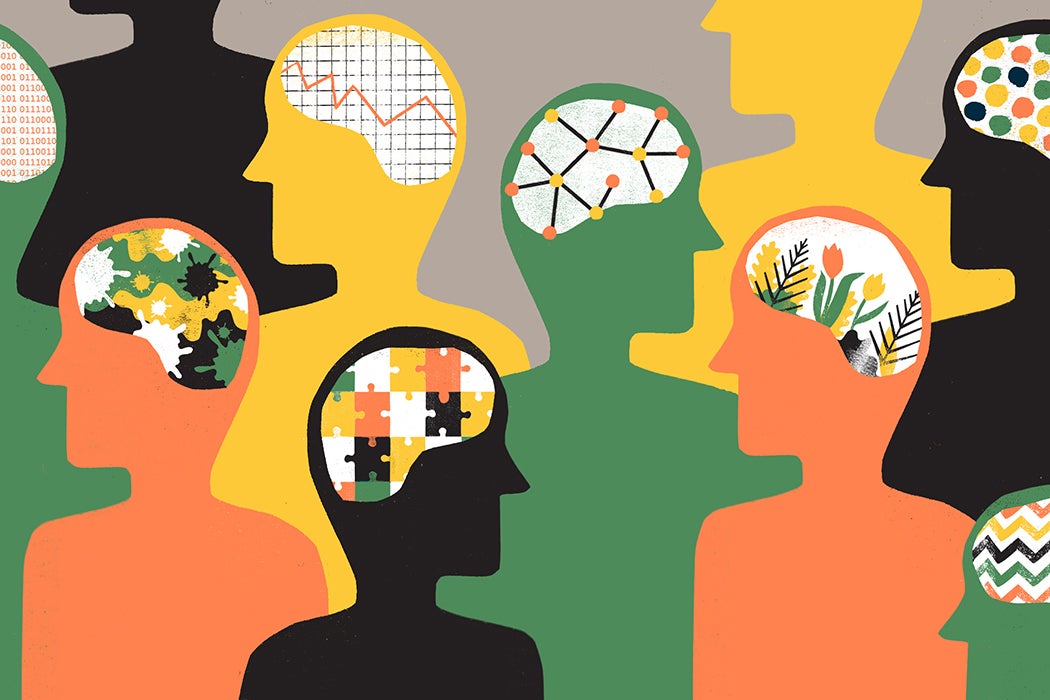There’s nothing fair about blaming people for a biological condition they have no control over. That’s one reason why efforts to encourage empathy for people with depression, anxiety, or other mental disorders often focus on the biological basis of the conditions. But, as psychology scholars Matthew S. Lebowitz and Woo-kyoung Ahn found in a series of studies of people who treat mental illness, this approach may sometimes backfire.
Lebowitz and Ahn recruited one hundred and thirty-two practicing mental health clinicians, including psychiatrists, psychologists, and social workers, and had them read fictional vignettes about patients with schizophrenia, social phobia, major depression, or obsessive-compulsive disorder. They designed the experiment so that each story offered either a biological or psychosocial explanation for their conditions.
For example, one vignette described “Terry,” a 28-year-old woman who felt deeply sad for the past four weeks and lost interest in activities she usually enjoys. In the “biological” version presented to the study participants, Terry’s father also suffered from symptoms of depression, a doctor told her as a teenager that she might have an imbalance of neurotransmitters, and an MRI scan revealed that she had an unusually small hippocampus, which could affect her reaction to stress. In the “psychosocial” version, Terry’s father died when she was five, her mother has always been highly critical and not very nurturing, and Terry suffered from a recent breakup and problems at work.
Lebowitz and Ahn write that the two types of stories reflect different ways clinicians might learn about a given patient’s background at the start of a provider-patient relationship. After reading the vignettes, the clinicians indicated how empathetic they felt toward the patients. Across all the disorders the two studies tested, respondents felt less empathy for the fictional patients when they read the biological explanation.
The researchers also included several questions about study participants’ personal distress after reading the stories. From those results, they concluded that the higher levels of empathy in the psychosocial condition was not simply a matter of clinicians’ reactions to the sad stories.
Get Our Newsletter
Lebowitz and Ahn offer a few potential explanations for their results. It may be, they write, that biological stories about mental disorders lead people to see patients “as systems of interacting mechanisms rather than as human beings.” Or, it’s possible that biological explanations lead clinicians to see the conditions as immutable, which “can make people with mental disorders appear categorically different from normal people.”
The authors note that their findings can’t be extended to all situations. For example, other research has found that trial judges tend to impose less severe sentences on people with mental illnesses when given a biological explanation for the disorder.
Still, their results suggest we shouldn’t be too quick to assume that biological explanations will stimulate people’s empathy for those who are not like them.
Editor’s Note: An earlier version of this story was titled “When Do We Have Empathy for the Mentally Ill?”







